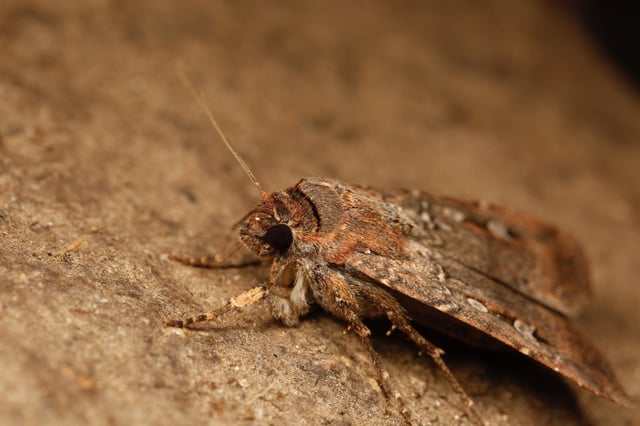Overview
- This study confirms that bogong moths are the first known invertebrates to navigate exclusively by the night sky during their annual migration.
- Each spring, millions of these moths travel up to 1,000 kilometers from breeding grounds to select caves in the Australian Alps where they aestivate.
- Single-cell recordings identified nearly 30 specialized neurons in the moths’ brains that fire in response to changes in star-field orientation.
- When clouds obscure the sky, the moths switch to a magnetic compass by sensing Earth’s magnetic field, ensuring uninterrupted navigation.
- The findings could inform the development of bio-inspired navigation systems for drones and robots and guide conservation efforts for this vulnerable species.
